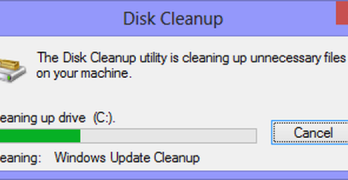Cloud hosting, currently only undertaken by a handful of servers, is rapidly becoming the main way in which many companies’ access data on the internet. The cloud, as it is generally referred to, consists of every internet account where data is stored, such as e-mails, accounts held with internet radio sites and online documents, to name but a few instances. A simple example would be a a programme such as Google documents. Once an account has been created, the stored document is accessible from any computer, without having to be stored on any one of them. You can see how it works by visiting the RackSpace cloud computing section of their website.
A cloud server is altogether much lighter than traditionally used servers, because no data is stored by the server, but at a database elsewhere. As a result, all the server has to do is to run a website from which users can access any kind of data without actually having to have a storage medium installed on their computer.
Cloud storage providers make it possible for users to store any amount of data, whether this is business related or for personal use, such as music files or videos, games etc, without having to pay for additional equipment, work force or time. Specially designed features such as erase coding and user authentication assure the integrity of stored data and users are also able to determine certain policies as to where and how their data is being stored. By using cloud storage, users are able to access their data from any computer in any location.




